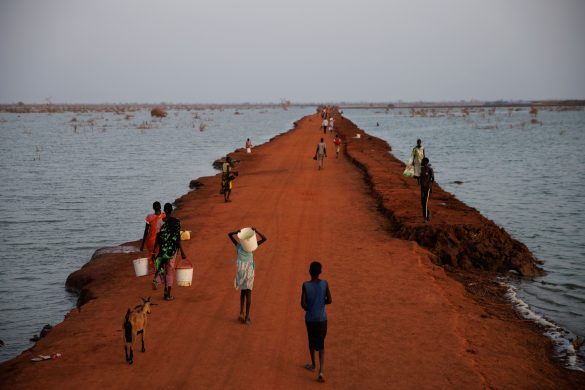VIETNAM: Illegal logging exposed by Ketsana – deforestation increases the risk of landslides
HANOI, 30 October 2009 (IRIN): While residents in Vietnams low-lying coastal provinces were riding out Typhoon Ketsana, few knew that upriver the storm had unleashed a new hazard (fare).
Thousands of logs, many apparently illegally harvested, were racing down the swollen rivers and at least 100 houses along the riverbanks were destroyed before the timber came to rest, jammed under bridges and piers.
Vietnamese forestry officials said the wood was likely taken from the South East Asian countrys rapidly shrinking old-growth forests in the Central Highland provinces.
– We identified some logs that travelled 100 km from Phuoc (a district in Quang Nam Province), said Le Nho Nam, director of the Phuoc Forestry Protection Unit, one of the last old-growth or mature nature forests in the country and home to several endangered animal species.
Since old-growth trees in the park are protected, Nam said it was likely some were illegally harvested.
– We face difficulties in protecting our forests as we do not have enough manpower or adequate equipment, said Pham Thanh Lam, director of the Forestry Protection Unit in Quang Nam Province.
He blames deforestation – whether it is from illegal logging or to make way for hydroelectric plants – for the sustained flooding that followed Typhoon Ketsana.
In August, the forestry department issued a report citing 4.841 cases of illegal deforestation in the first half of 2009. There were hundreds of attacks on forestry officials in the same period, including loggers who tried to run down rangers with their vehicles.
Vietnams wood-processing industry, which supplies hardwood tables and chairs to the world, is now one of its largest exports, earning 2,8 billion US dollar last year.
Læs videre på














